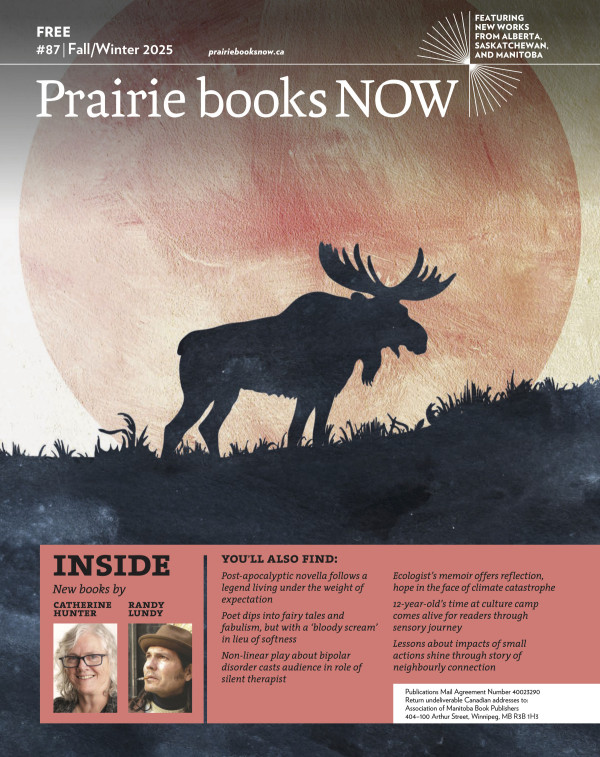Everyone is afraid of something. It could be as grand as a meteor striking Earth and ending life as we know it. Or it could be as small as a spider crawling across the bottom of a bathtub. For most sensible people, it’s clowns, which are somewhere in the middle.

- Donner Parties
- Keith Cadieux
- At Bay Press
- $24.95 Paperback, 250 pages
- ISBN: 978-19-98779-47-5
Donner Parties and Other Anti-Social Gatherings, Winnipeg-based horror author Keith Cadieux’s collection of 11 short stories connected by an increasingly eerie narrative frame, explores the concept of fear itself.
The feeling of fear is virtually universal, and these stories – which include a variety of fright-inducing happenings from traditional ghosts and monsters to demanding books and out-of-control body parts like teeth and hair – could appeal to anyone.
“There are many different types of effects of horror stories, but I do think that I’m most fixated on the idea and the feeling of fear. These stories really do emphasize the fear felt by the characters and, I think to a certain extent, each of these would be some extrapolation of a fear that I’ve felt,” Cadieux says.
While these stories are fiction, much of Cadieux’s work is rooted in fact. One example is the title story, “Donner Parties,” invoking the infamous Donner Party, a group of American pioneers who spent the winter of 1846-47 snowbound in the Sierra Nevada mountain range. A few of them turned to cannibalism to survive.
“In the case of the story, the connection to the Donner Party and cannibalism seemed a natural connection for the idea of an eating contest for cannibals,” Cadieux says.
More generally, he says fact and fiction play distinct roles in his work. “Fiction tends to give me the drive to write, whereas what to write about usually comes from fact.”
Exploring fear through fiction does not necessarily make this a collection of typical horror short stories, though there are certainly some that fit the bill. The stories were written over a long period of time as independent short stories, a form Cadieux says works especially well for horror.

“It’s the perfect form for building tension. Because a short story can be read in one sitting, the story can simply build and build all the way to the ending. With longer forms like a novel, you have to balance building and breaking the tension to keep a reader engaged over the long-term.”
To publish the very different stories as a collection, Cadieux decided to expand on that short form by adding a frame narrative that includes short essays about horror and how it works, which, he says, “allowed me to present some ideas and then hold up individual stories, either as examples or counter-examples.” The result is a strikingly innovative structure.
For Cadieux, it’s a point of balancing the evolution of horror with maintaining its traditions. “I think there is some traditional horror here, yes, but I also do hope that I have contributed in some way to making horror new or contributing to evolving the form.
“Horror is derived primarily from the unknown, and so to some extent, horror must keep delving into further unknowns to stay scary.”













